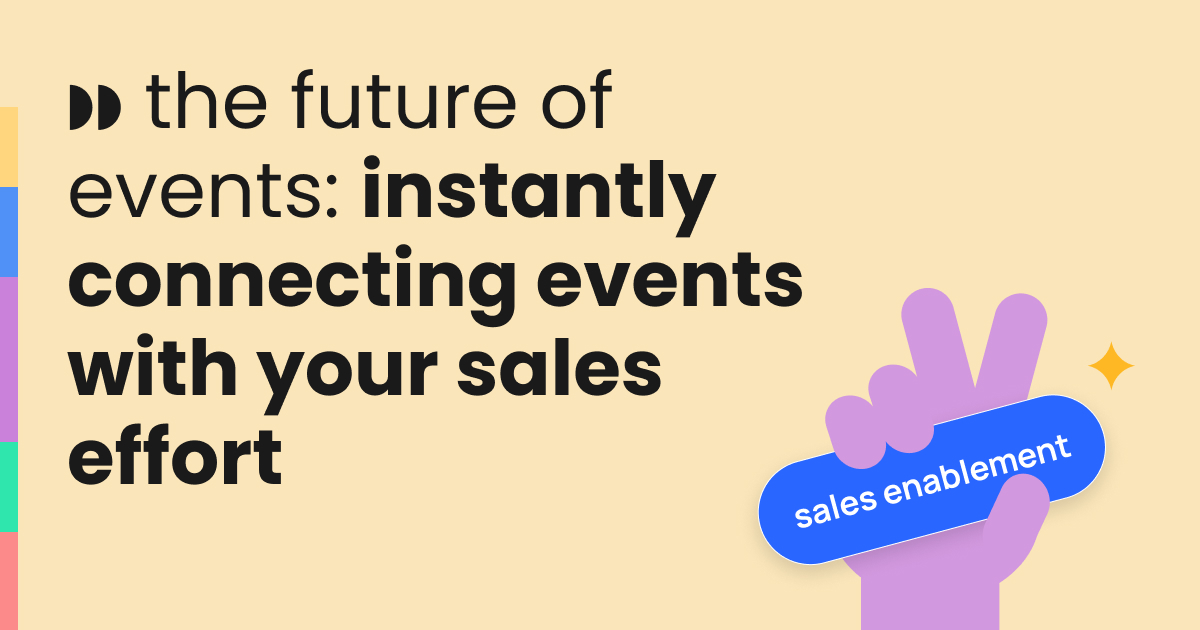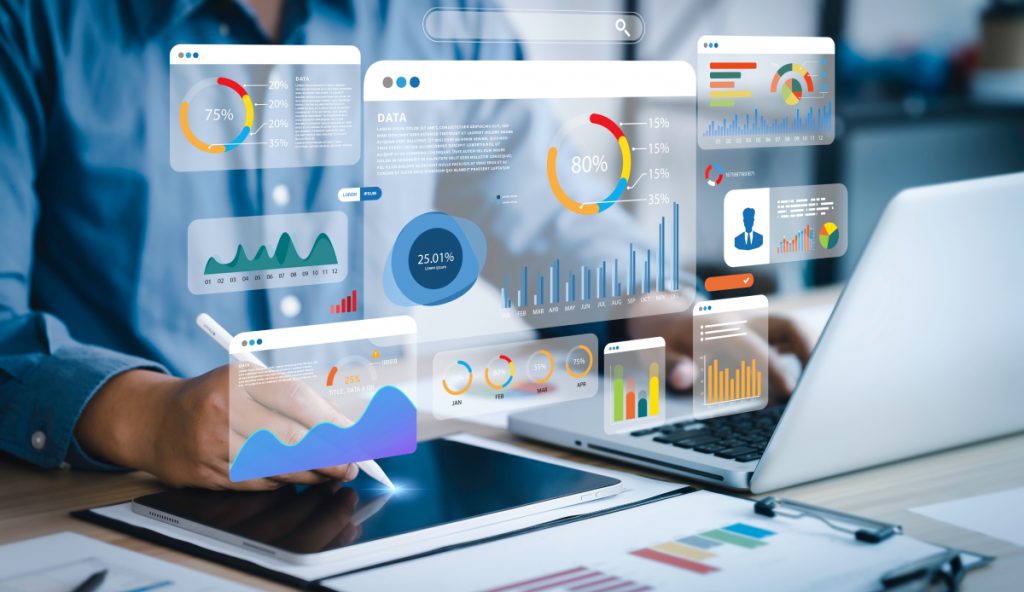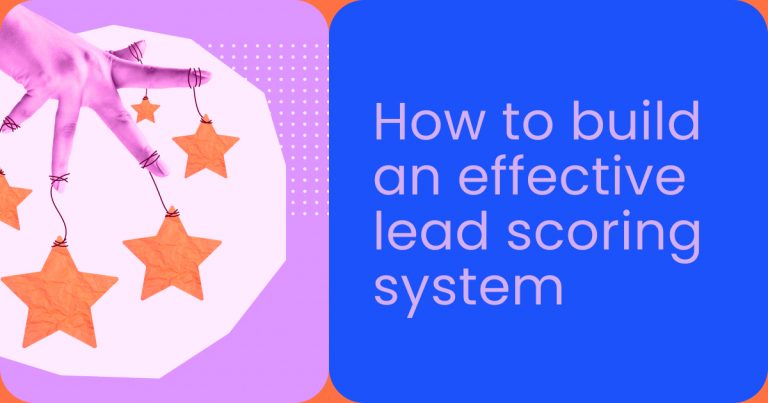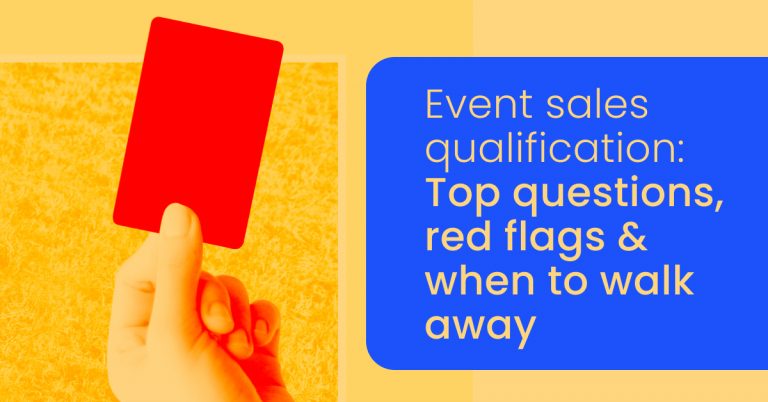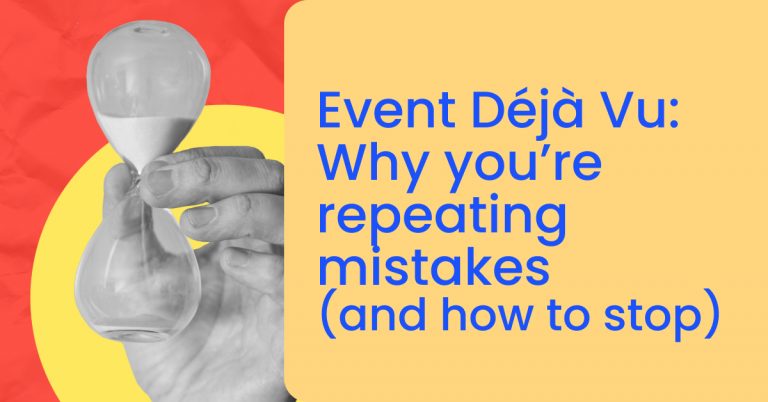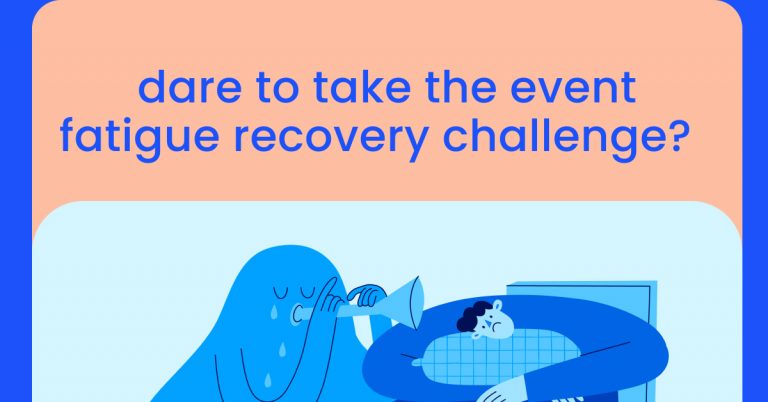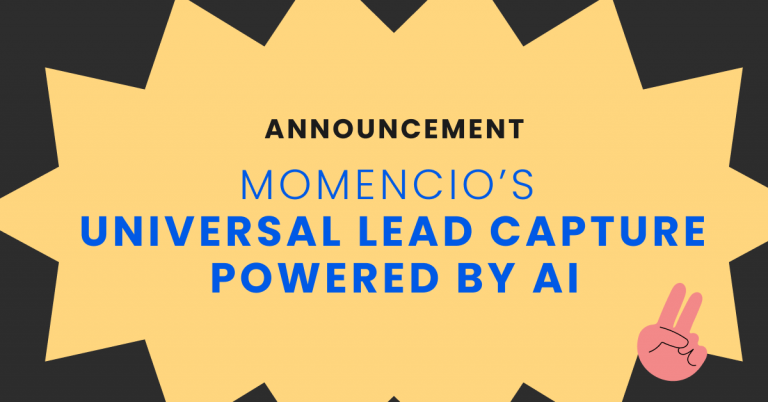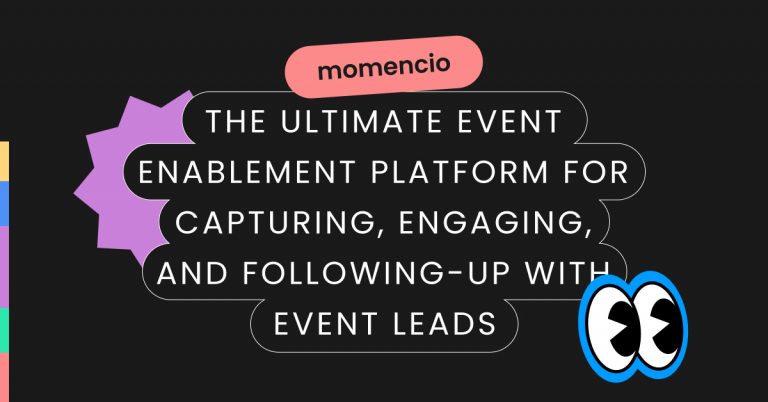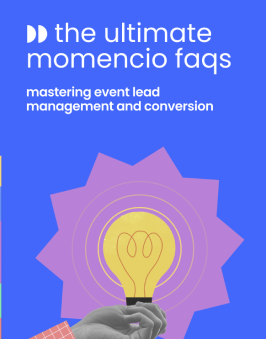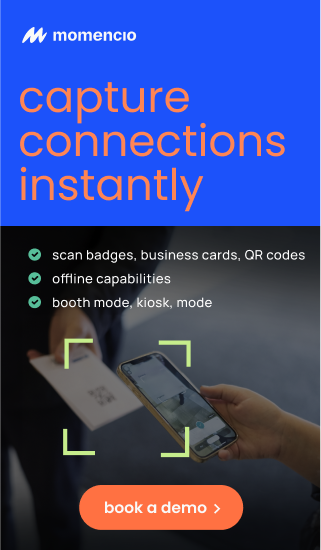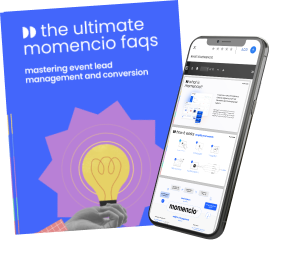In today’s competitive landscape, the fusion of event marketing with sales — known as “Event to Sales” — is not merely beneficial; it’s a crucial pivot for companies striving to amplify their ROI and streamline the event to sales process. This article propels you into the heart of integrating these crucial business facets, providing actionable strategies, and harnessing state-of-the-art tools to forge a direct link between event dynamics and sales triumphs. Addressing the challenges and drawing from effective solutions and industry successes, we equip marketing VPs, Event Managers, and Content Marketing Managers with insights to reshape their “Event to Sales” strategy.
TL;DR: The event-to-sales process involves capturing leads at events, nurturing them through personalized follow-ups, and converting them into clients. Learn how to streamline this process using lead capture tools, CRM integration, and targeted content to optimize conversion rates.
Event to Sales: The Gap Between Event Marketing and Sales Efforts
The synergy between event marketing and sales efforts is pivotal for driving growth and enhancing the return on investment (ROI). Despite its significance, a chasm often exists between these two areas, primarily due to the delay in transferring and acting upon the rich data gathered during events. This disconnect not only hampers the swift conversion of leads but also affects the overall effectiveness of marketing strategies, leaving potential revenue on the table.
Understanding the Disconnect
In the traditional event marketing workflow, teams often collect leads through methods like paper forms, business cards, or digital apps. However, processing this information and delivering it to the sales team can take days or even weeks. This delay is detrimental for two reasons: it cools off the lead’s interest and provides a window for competitors to step in. According to a study, 78% of B2B buyers in the US expect a response within an hour of contacting a company.
Another layer to this challenge is the quality of data captured. Often, the information collected at events is either too generic or lacks the depth needed for sales teams to personalize follow-ups effectively. With detailed insights into the prospect’s interests, pain points, or engagement during the event, sales efforts can feel cohesive and relevant to the lead.
Bridging the gap with technology
The advent of sophisticated event marketing tools, such as those offered by momencio, presents a viable solution to this longstanding issue. These platforms are designed to capture lead information instantaneously, enrich it with relevant data, and integrate directly with sales CRM systems—all in real-time. This seamless connection ensures that sales teams have immediate access to high-quality, actionable leads, allowing them to strike while the iron is hot.
Real-time lead capture and enrichment
At the heart of instant event-to-sales integration is the capability to capture lead information accurately and efficiently. Technologies like momencio’s Universal Lead Capture system use AI to scan badges or business cards at the point of contact, instantly recording essential details about the lead. More importantly, this information is then enriched with additional data, such as business emails and LinkedIn profiles, providing a fuller picture of the lead to the sales team.
Integrating with sales efforts
The power of instant connection extends beyond mere data capture. Platforms like momencio are designed to integrate this enriched lead information directly into a company’s CRM system without manual intervention. This integration ensures that sales teams can begin their follow-up processes immediately, equipped with detailed insights about each lead’s interests and interactions during the event. Such timely and informed engagement is crucial for converting leads into sales efficiently.
Personalization at scale
An instant event-to-sales connection also opens the door to personalized follow-ups at an unprecedented scale. Armed with detailed lead information, sales teams can tailor their messages to reflect the lead’s specific interests, questions, and engagement levels noted during the event. This level of personalization is not only more likely to resonate with the lead but also significantly increases the chances of conversion.
By leveraging technology to bridge the gap between event marketing and sales efforts, businesses can transform their approach to lead management. The transition from a disjointed, delayed process to an integrated, instantaneous one is critical to unlocking the full potential of event marketing. In the following section, we will explore practical steps and strategies for implementing this seamless integration, ensuring that every lead captured is a step closer to becoming a valued customer.
Through this discussion, it’s clear that the integration of event marketing and sales efforts through technology like momencio not only addresses the challenges of traditional workflows but also enhances the overall effectiveness of lead conversion strategies.
Implementing your strategy for instant event to sales integration
To harness the full potential of instant event-to-sales integration, businesses must adopt a strategic approach that leverages the right tools and processes. The goal is to ensure a seamless flow of high-quality leads from the event floor to the sales team, enabling personalized, timely follow-ups that drive conversions. Here’s how to make it happen.
Leveraging the right technology
The first step in closing the gap between event marketing and sales efforts is adopting technology designed for this very purpose. Platforms like momencio not only facilitate real-time lead capture but also enrich these leads with valuable data, making them ready for immediate sales follow-up. Key features to look for in such technology include:
- Real-time lead capture: Instantly captures lead information during the event, minimizing data entry errors and delays.
- Data enrichment: Enhances lead profiles with additional professional details, such as email addresses and LinkedIn profiles, providing a deeper understanding of each lead.
- CRM integration: Seamlessly integrates with existing CRM systems, ensuring leads are immediately accessible to the sales team for follow-up.
Personalized follow-up strategies
With the lead information instantly available, the next step is crafting personalized follow-up strategies. Utilizing the detailed data collected, sales teams can tailor their outreach to match the specific interests and interactions of each lead. This could involve:
- Segmenting leads: Categorize leads based on their interests, engagement level, or potential value and tailor the follow-up accordingly.
- Customized messaging: Develop personalized messages that reference the lead’s interactions at the event, making the follow-up more relevant and engaging.
- Immediate engagement: Reach out while the event is still fresh in the lead’s mind, ideally within 24 hours, to maximize the chances of conversion.
Monitoring and analyzing performance
To continually refine and improve the integration of event marketing and sales efforts, it’s crucial to monitor performance and analyze outcomes. This involves:
- Tracking engagement: Use analytics to track how leads engage with follow-up efforts, identifying what works and what doesn’t.
- Measuring ROI: Evaluate the success of events in terms of lead quality, sales conversions, and overall ROI to inform future strategies.
- Feedback loop: Establish a feedback loop between sales and marketing teams to share insights and adjust strategies for better alignment and performance.
Embrace the future of event marketing by integrating your event efforts with your sales strategy using momencio. Our platform not only streamlines the lead capture process but also enriches and delivers leads directly to your sales team in real time. Don’t let valuable leads slip through the cracks—book a demo with momencio today and transform your event leads into sales successes.
Instantly connecting your event marketing efforts with your sales strategy is no longer a luxury—it’s a necessity for competitive businesses. By adopting the right technology and strategy, companies can bridge the gap between these two critical areas, ensuring that every lead captured at an event is quickly and effectively engaged. With tools like momencio, the process is not just possible; it’s streamlined, efficient, and designed for maximum ROI. Transform your event marketing strategy today, and watch as your events become potent engines for sales growth and customer engagement.
FAQs on Event to Sales Integration
- How does integrating event marketing with sales enhance ROI?
- Integrating event marketing with sales, known as “Event to Sales,” streamlines the transformation of leads into sales, significantly amplifying ROI. This strategy ensures that the valuable data collected during events is promptly utilized, facilitating swift and personalized follow-ups, which are crucial for converting leads into customers.
- What challenges do companies face in bridging the gap between event marketing and sales?
- The primary challenge is the delay in transferring event-collected data to the sales team, which can cool off leads’ interest and provide a competitive edge to rivals. Additionally, the quality of data captured at events often lacks the depth required for effective personalized follow-ups, hindering the conversion process.
- How can technology bridge the gap between event marketing and sales efforts?
- Sophisticated tools like momencio offer real-time lead capture and enrichment, integrating directly with sales CRM systems. This ensures that sales teams have immediate access to actionable, high-quality leads, allowing for timely and informed engagement that is key to efficient lead conversion.
- What are the key features to look for in technology that integrates event marketing with sales?
- Essential features include real-time lead capture, data enrichment, and seamless CRM integration. These capabilities ensure instant access to enriched lead information, enabling sales teams to initiate personalized follow-ups promptly, thus enhancing the chances of lead conversion.
- Can personalized follow-up strategies be scaled effectively?
- Yes, with the detailed lead information provided by platforms like momencio, sales teams can tailor their messages to reflect specific interests and engagement levels noted during the event. This approach allows for personalization at scale, significantly increasing the likelihood of conversion.
- What metrics should be monitored to measure the success of integrating event marketing with sales?
- Important metrics include lead conversion rates, time to conversion, engagement rates with follow-up efforts, and overall event ROI. These indicators help assess the effectiveness of the event to sales strategy and inform future optimizations.
